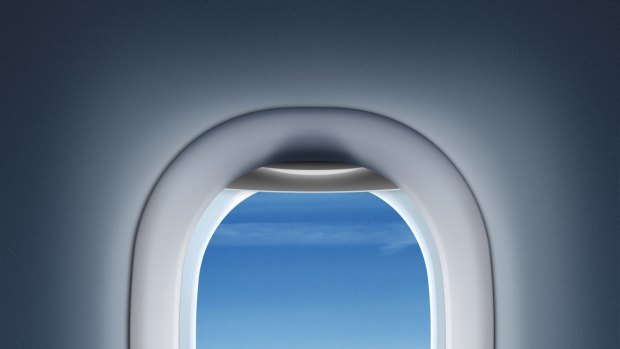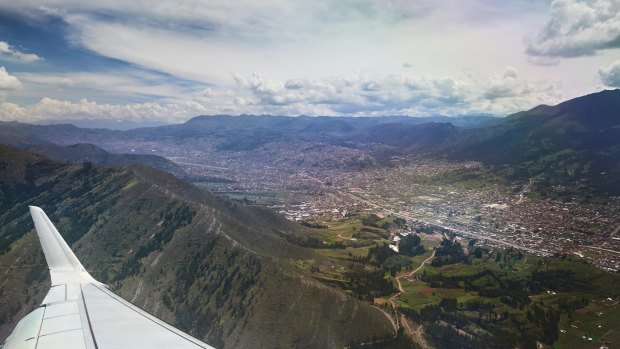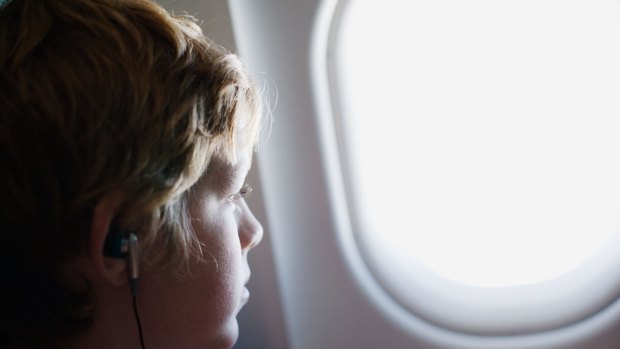This was published 6 years ago
Do you have to close your window shade on planes when asked?
By Michael Gebicki

You cannot be compelled to close your window shade on a plane, but it is good manners.Credit: Adobe Stock
When they move through the cabin in preparation for take-off and landing, cabin crew will usually ask passengers to open their window shades as a safety precaution. Take-off and landing are the two most critical phases in an aircraft's flight.
In the event of an emergency, crew need to see what's happening outside, and react accordingly. Another reason - from time to time passengers have witness a potential catastrophe unfolding outside the aircraft and alerted the crew.
If it's a daytime flight and an emergency evacuation becomes necessary, passengers' eyes need to be adjusted to the light outside. If they were to emerge from a darkened cabin, with blinds down, it might waste a precious few seconds for each set of eyes to adjust to daylight outside, and it's required that crew fully evacuate an aircraft cabin in 90 seconds. For the same reason, cabin lighting is usually dimmed on take-off and landing during a night flight.
Apart from those times it's usually left to the discretion of the passenger sitting beside the window whether their shade is open or closed, but there are occasions especially during a long flight when cabin crew might ask passengers to close their window shades.
They can't insist, there's no safety issue involved, but some passengers take umbrage, saying the reason they choose a window seat is so they can see what's unfolding outside, and there is wonder and delight in the vision that an aircraft affords of the world's great mountains ranges, cities by night and the everyday marvels of sunrise and sunset.

Credit: Alamy
Some also say that exposure to daylight helps their body clock press the "reset" button and recover from jet lag more quickly, and there is solid evidence to support this.
An open window shade is not likely to bother anyone except when all other shades in the cabin are closed. On a flight from west to east, returning from Europe to Australia for example, passengers experience a short night, which could be just five hours of darkness in summer. Whether the window shades are up or down during that period makes no difference, however cabin crew will often request that passengers lower their shades and the reason becomes obvious once the sun is in the sky.
Opening a window shade at this time, light floods into the cabin and it doesn't stop when it hits the person sitting in the window seat. Since this is the pure light of the high troposphere, unfiltered by smog or clouds, it's more intense than the "normal" daylight typically experienced at ground level even on a cloudless day. Sleepers without eye masks might be disturbed and anyone watching a video in close proximity might experience a desaturated screen, dulling the modest pleasure of the viewing experience.

Credit: Alamy
Perhaps even more disturbing is when cabin crew open all window shades after a short-night flight, and several hours before arrival. Why do it? Breakfast service might be at least an hour away, and you'd have to be an Olympic-class sleeper to remain in dreamland after that.
See also: What happens if I lose my passport overseas?
See also: 10 of the biggest myths about air travel
Sign up for the Traveller newsletter
The latest travel news, tips and inspiration delivered to your inbox. Sign up now.